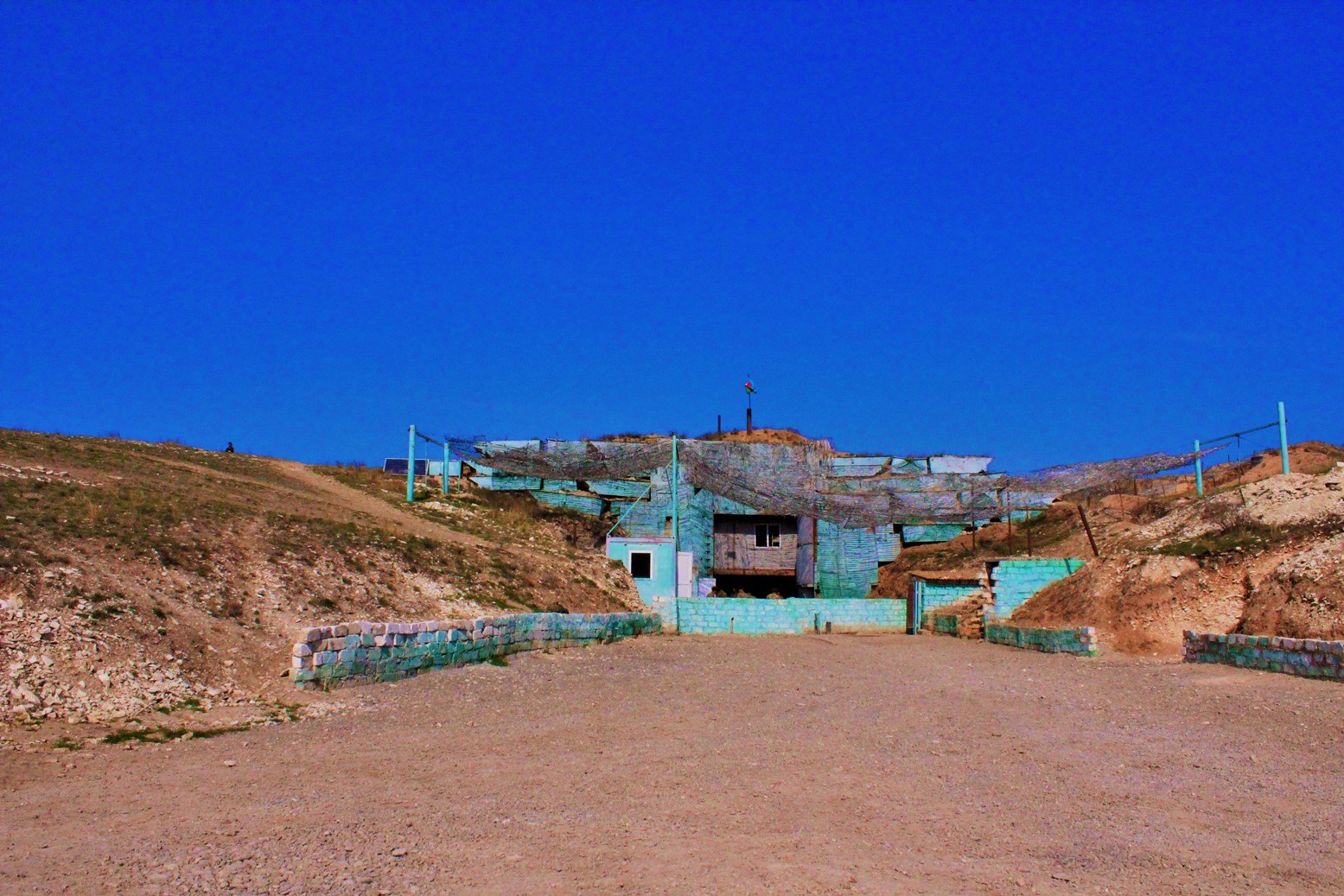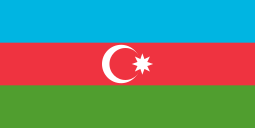
If Azerbaijan counterattacked from Agdam direction…
25 March 2021

After the ceasefire was declared on May 12, 1994, the units of the Armenian Armed Forces began to strengthen their defense in the occupied territories of Azerbaijan.
The ‘Ohanyan Line’, named after former Armenian Defense Minister Seyran Ohanyan, is among the defense work they carried out. This line is a strong barrier built in a complex way to maintain the captured positions and prevent the opponent. The complex defense system consists of trenches, long and short-range firing positions, anti-tank trenches, wire fences, mixed minefields (both infantry and anti-tank) and command posts.
The rupture of this line in April 2016 shattered the myth that it was impassable. Seyran Ohanyan was relieved of his post as Minister of Defense after the Azerbaijani Armed Forces returned several heights.
Ohanyan may have wanted to compare himself to Finnish Marshal Karl Mannerheim. Mannerheim's defense system that was developed in 20 years prevented Soviet troops. Ohanyan failed to do so. Moreover, he didn’t learn lessons from the April fighting.
The wall covers the entire territory from Agdam, Khojavend, Fuzuli and Jabrayil directly to the Iranian border - the Araz River. The Armenian military considered the area a ‘buffer zone’ and built it along the line of contact.
The distance between the anti-tank trenches in the liberated Marzili village of Agdam is 500 meters. Surrounded by wires, additional barriers have been created. Each barrier is lined with mines in front and inside. We do not enter the area because it is not completely cleared of mines. There are firing points and small command posts on the heights. There were optical cameras on the surrounding poles. After the statement issued on November 10, when leaving Agdam, the Armenian army also took cameras. But in some places, the cables are still hanging on poles.
During and after the 44-day war, the question ‘Why didn't the army attack directly from the direction of Agdam?’ was often asked.
A closer look at the area reveals wide plains and small hills ahead. It is dangerous to attack in such areas. You may be able to break through the opponent's line of defense, but you must take into account that it will cause great losses in manpower and equipment. Numerous engineering structures on the plain expand the defense capabilities. As soon as the attacking army passes one obstacle, it immediately encounters another, and as this process continues, the number of casualties increases. It is easy to destroy a military unit ‘stuck’ in an obstacle, because in this case, the soldiers and equipment are inactive. Probably, taking into account the geographical location and relief of the area, the Azerbaijani army carried out a counter-offensive operation mainly from the south.
During the occupation, the opposite side was able to observe civilian objects, routes and supply routes 30-40 km wide and 30-35 km deep from the thermal chambers installed in the area, especially in the direction of Agdam, Fuzuli, Agjabadi, Khojavend.
The command post of the 3rd Motorized Rifle Regiment of the 37th Rifle Division of the Armenian Army was located on Mount Cheyil on the border Agdam-Khojavend, 415 meters above sea level. After the Armenian troops left the area, it is under the control of Azerbaijani soldiers.
The station is of strategic importance for the management of military units, as well as the breadth of observation capabilities. From here it is possible to observe part of Aghdam, Agjabadi and Khojavend districts. Cameras installed in different areas transmit images via optical cables to the monitors of the command post, the incoming data is constantly analyzed and it is possible to control a very large area without leaving the station.
The location of the station was not chosen by a chance. To build it, they dug out the middle of a large hill, built a road, and then brought the huge iron structures in pieces and buried them in the ground.
Numerous grape tubs have been placed on top of the reinforced concrete building. There used to be many vineyards in Agdam and Khojavend, and these tubs were brought from farms after the occupation. They were filled with soil and piled on top of each other. This way, they prevented both soil erosion and muddy water from entering the site, as well as strengthened protection against air strikes.
The most interesting detail of the command post is its gate. It weighs about 3-5 tons and is resistant to artillery fire. Previously, this door was opened and closed electronically. When the Armenian soldiers left, they either destroyed all the electronic and computer systems or took them with them. Like the gate of the command post, the walls are made of industrial structures. The inside is reminiscent of a subway tunnel. The whole station consists of 2 floors and 1 observation point. There is a bathroom at the entrance to the first floor. There are several small rooms inside. The second floor is divided into 1 large and 3 small rooms. Probably, the main monitors were installed in a large room. It is currently used as a military barrack. Thin and narrow stairs lead to the ‘checkerboard’ - the observation point.
Ahead of the command post, the part of the Agdam-Fuzuli highway entering the Khojavend region, the village of Garakand in the region, and just above, and the monument ‘Mother's Cry’ are clearly visible. 28 years ago, on November 20, 1991, a helicopter carrying Azerbaijani officials crashed in the same area, near Garakand, as a result of fire by Armenian soldiers. All 22 people on board the helicopter were killed.
Cars of Armenian civilians occasionally pass through the Agdam-Fuzuli highway. Cattle that belong to Armenians settled years ago in Garakand graze on the side of the road. At a distance, there is an observation post of the opposite side. The Azerbaijani soldier controls everything from the heights. No incident has been reported in the surrounding areas since November 10.












